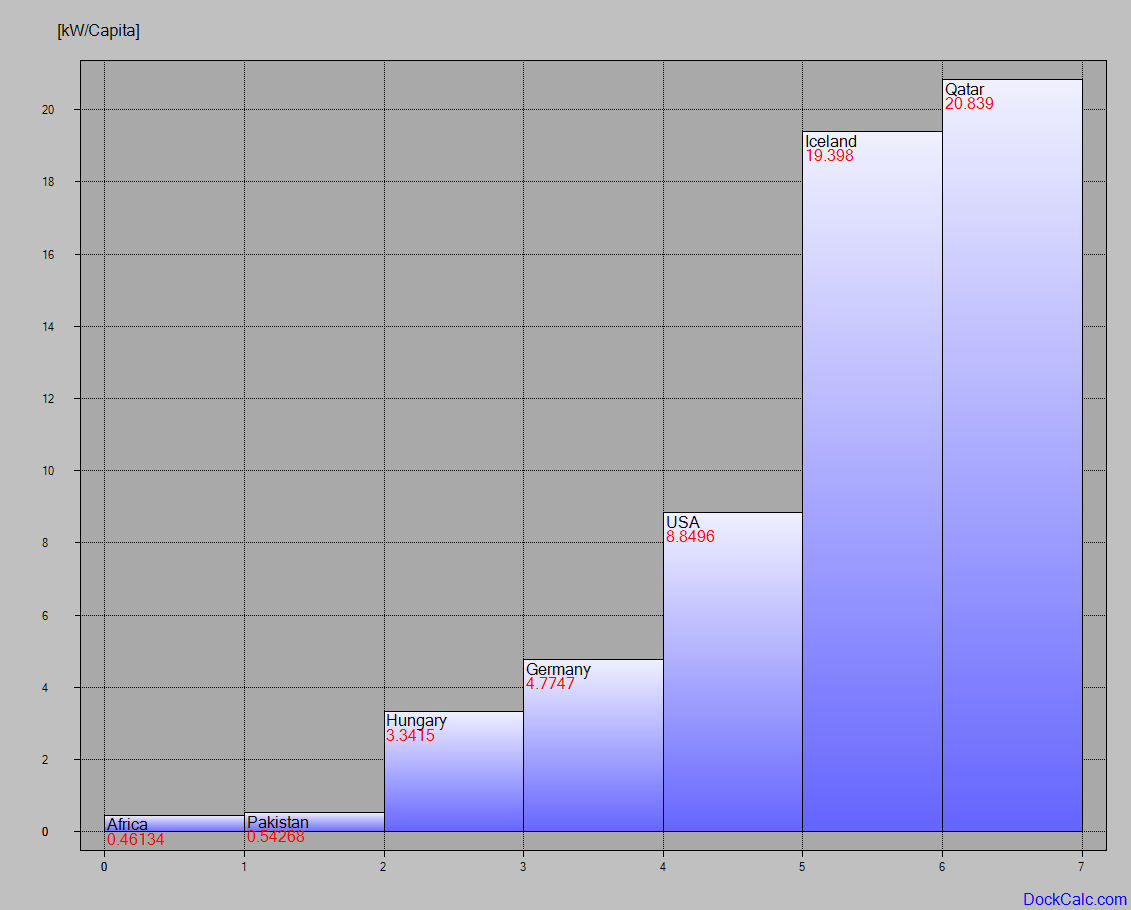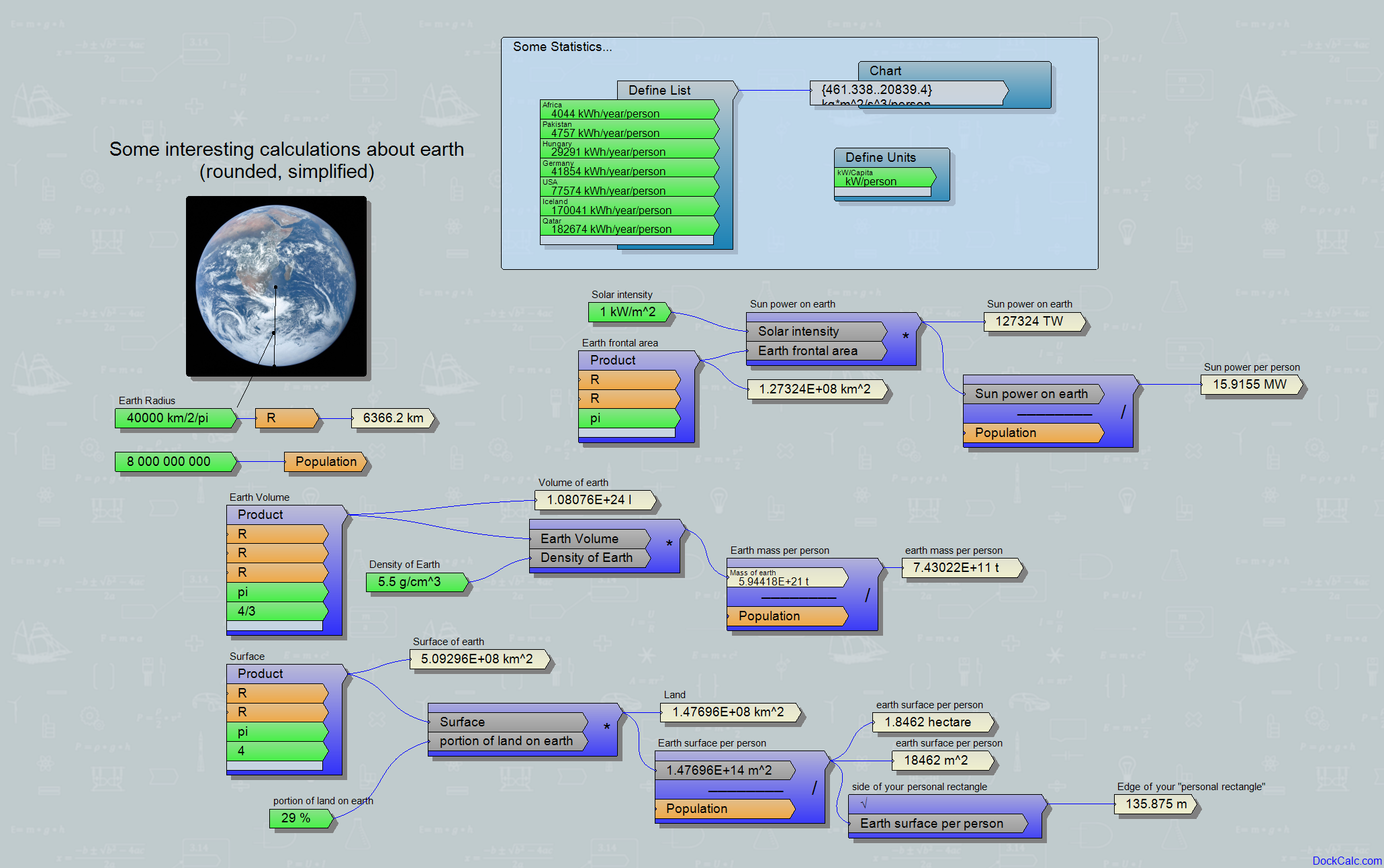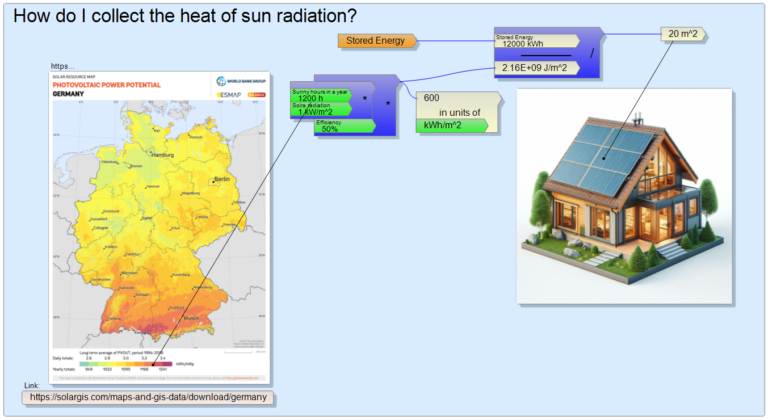Finally 8 000 000 000!
These days, in the middle of November 2022 the population of Earth just reaches 8 000 000 000. For us humans, it is a nice round number having 9 zeros in it (having 10 fingers on our both hands, probably therefore using the base-10 (decimal) number system).
Fun fact: sloths (3 fingers on one hand, they probably think in base-6 systems 😊) would write our population as “3401455433012” (base 6!) and wonder not just why we are always in a terrible hurry, but why we think our population is a round number. They do not have that much to be “proud of”, their population is unfortunately only around 1500 (10-based), which is “10540”(6-based).
But back to us humans and to earth. Being the dominating species on the planet (at least regarding the magnitude of our impact) we might wonder whether we have overpopulated our home yet. I am an engineer, so I cannot answer that question, but I can tell you some calculated facts about it:
We can check some parameters of earth and try to divide some values by our population to get some specific numbers “per inhabitant” and put everything into perspective. Ignoring all other life forms for this calculation is really, really selfish but fits well into our standard way of thinking about all resources around us.
Let us see the facts: Earth has the approximate shape of a ball with a circumference of 40 000 km, so its radius is ~6360km. We can calculate the volume (~1.08*1024 l, ~2.85*1023 Gallon) and the surface (~5.1*108 km2) and using the 5.5 g/cm3 average density we come to a total mass of about 5.94*1021tons.
Let us virtually share it among us just as usual:
Each person “gets” in average…
- 43*10 11tons of Earth-material (not bad, unfortunately there is a plenty of liquid hot iron in it, which we cannot use directly in the household)
- 18462 m2 of land surface (29% of earth is land), which correspond to a kind of “personal square” having an edge of 135m (445 feet). This starts to become a bit less comfortable, because the next neighbor is not so far as I wish to be when I am in a bad mood 😊.
Thinking about our energy consumption, the only sustainable source is the sun. The sun is the primary energy source of wind-, solar-, water-, bio- and all other renewable power sources. The earth shows a frontal surface of 1.27*108 km2 (15 915 m2 per person) toward the sun, which can be multiplied by the well-known solar energy intensity of ~1kW/m2 to come to the total solar energy of 127300 TW (15.91 MW per inhabitant). Seems to be enough for the first look if we think that we modern people consume less than a kW average (only electricity!) power according to our bills. Taking all energy kinds into consideration, energy intensive nations use up to 180 000kWh/year per person (>20 kW average power day and night).
Source of energy consumption data: https://ourworldindata.org/grapher/per-capita-energy-use?tab=table&time=2020..latest
This is a level of luxury, that we surely cannot cover with any combinations of renewable energy transformation methods, not even if we install solar panels, wind turbines, wave powerplants and high voltage powerlines so dense, that we practically do not leave any natural area untouched. When you take a look at the data, it becomes very clear: the wealthier a country is the higher the energy consumption per capita. Another lesson to learn from the data: the stronger the heat (Qatar) or even the cold (Iceland), the higher the energy consumption. Thermal comfort seems to cost a lot of energy for our species. If a country is rich, it can afford very costly compensation of the thermal inconvenience of its inhabitants. Poor countries can be as hot or cold as possible, they do not even come close to the rich (Africa: 4 044 kWh/year/person, ~450W average power per person). I can’t wait to be rich so I can have more fun and comfort while destroying the planet ☹
Energy consumption as average power per person in some areas/countries:







